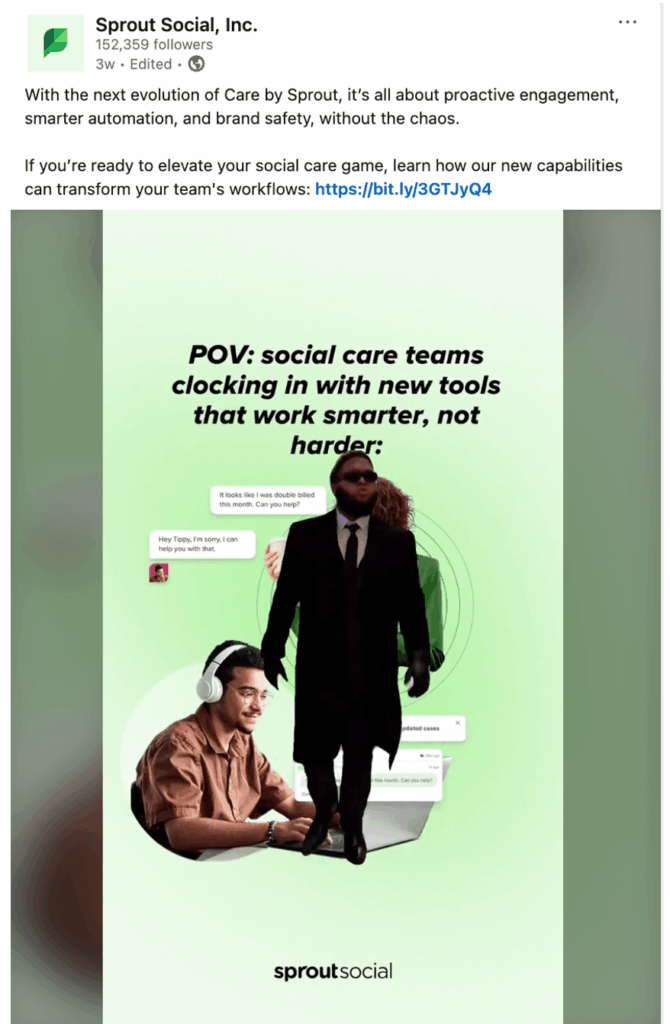How to use social media memes in your marketing strategy to drive engagement
Memes have evolved from internet jokes into a powerful form of cultural currency. For brands, memes are no longer fringe content. Instead, they’ve evolved Read more... The post How to use social media memes in your marketing strategy to drive engagement appeared first on Sprout Social.
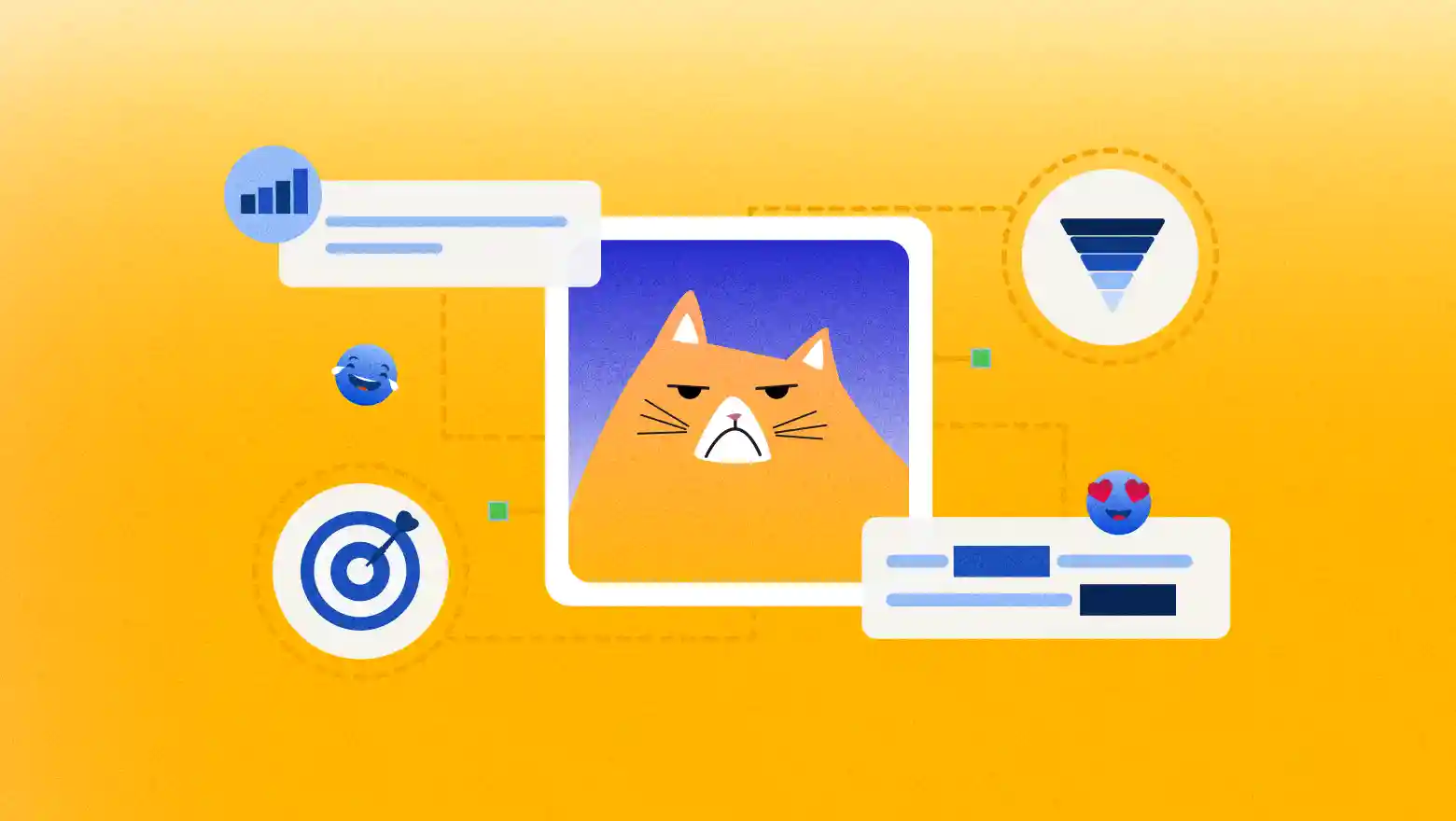
Memes have evolved from internet jokes into a powerful form of cultural currency. For brands, memes are no longer fringe content. Instead, they’ve evolved into strategic assets that tap into social media culture and signal a brand’s awareness and adaptability to meet their audience where they are.
Tapping into meme culture isn’t just about being funny, though—it’s more about participating in a digital dialogue that feels organic, timely and quintessentially human. When done well, memes become a shorthand for brand identity. And this enables marketers to embed themselves into cultural moments that can accelerate their brand’s performance through relatability.
In this article, we deep dive into why memes matter in social media marketing and how brands can use them to boost engagement.
How to use memes on social media
Memes have become a powerful tool to engage audiences with humor and cultural relevance. They can boost shareability, humanize a brand and drive organic reach across social platforms. But how does a brand ensure that it’s doing it right?
We spoke with internet culture researcher Aidan Walker on the topic. Especially given that Walker wrote his thesis on the Distracted Boyfriend meme in 2017 and lectures at institutions like Princeton and the University of Amsterdam on meme history and network culture, and how they intertwine with social marketing and strategy.
According to Walker, when using memes in their social media strategy, brands need to remember that memes are not really about the brand—they’re about the audience. And this means a change in mindset when creating content based on memes.
“Memes can really help a brand, but they are fundamentally not about you,” he says. “They are valuable because they connect you with an organic community and its creativity. You should see it not as “messaging” but rather as an invitation to play,” he explains.
With this audience-centric approach as the north star, here are some examples that show you how to use memes on social media.
Image memes
These are classic memes. They have bold texts in an image and can be on a variety of topics. They’re one of the most commonly used memes, owing to their versatility, which makes them applicable to any industry or scenario. Here’s a Distracted Boyfriend meme about the rivalry between competing companies, Nikon and Canon.
Video or GIF memes
These memes are created with short clips with overlaid captions or reactions. They’re very popular on TikTok and Instagram. Here’s one of ours promoting the Sprout Social Influencer Marketing platform.
Relatable screenshots
These could be X posts, texts or comment threads that you can use in your social posts while being loyal to your brand voice and audience. As the example below shows, RyanAir does it well.
Reaction memes
These are memes that express emotions or responses and need cleverly crafted text to be funny and relatable. Here’s an example of a meme we posted that any employee can relate to.
Expectations vs. reality memes
These memes are a humorous contrast that can tie into a brand’s product messaging. For example, this meme speaks to all organizations trying to keep up with data security compliance.

Branded memes
These are custom memes made in a brand’s tone, often using any format that’s trending. These are often used by content creators.
Funny social media memes driving conversations
Funny social media memes spark conversations by turning everyday moments into relatable humor that compels people to share them with others. Their quick wit and cultural relevance make them great for engagement and brand visibility, and a fun way to share valuable brand information.
As Walker puts it, “Social media memes are a conversation with the internet, not a monologue. When done correctly, it both allows you to reach your audiences and can be a valuable source of data about what they want, who they are and how you can help them.”
One brand doing great work on its social media marketing meme strategy is NutterButter. “Nutter Butter’s recent campaign was brilliant, in part because it was so participatory: it created a mystery and incorporated many user-generated jokes,” he notes.
And he’s not wrong. Their posts have become so widely popular, they regularly drive more than half a million engagements and have gotten Sour Patch Kids to stop by.
Sour Patch Kids
There’s a child in all of us. And no other brand brings out the kid in an adult like Sour Patch Kids has done with its social media meme strategy. Its latest post, shown below, drove 3.5 million views and hosted conversations where adults felt compelled to comment, driven by a sense of genuine, shared connection to the brand.
Steak-umm
Processed meats company, Steak-Umm is “the OG when it comes to using social media memes in its brand strategy”, Walker said. One only has to crawl through their X account to see the fun the company has with its account and the high engagement it invites from audiences.
Steak-Umm has found the secret to using memes even when not using them in posts directly. For example, in the post below, the brand encourages creating communities beyond social media and asks followers to print a meme and share a Steak-umm product with their neighbors.
Nuuly
Nuuly does a great job of incorporating social media memes into its brand strategy, mixed with a blend of adorable self-deprecating humor and social media culture. It’s post, shown in Sprout’s Social Moment of the Week below, won more than 10 million views, reflecting how much it resonated not only with its audience but also with the social media marketing community.
Wendy’s
Wendy’s has always been great at driving social media engagement. Here’s a social post from Wendy’s Watch Fresh Filter campaign promoting its Chrome extension to freeze videos.
How Sprout uses social media manager memes for connection
B2B doesn’t have to be boring. And certainly not, when you’re talking to a community of social media professionals, creators and marketers.
Social media intelligence manager at Sprout, Olivia Jepson, says, “Using memes in your B2B social strategy isn’t about trendjacking. To be effective, you need to know your audience on a deeper level. You need to understand their aspirations, frustrations and interests. It also means being in tune with the internet culture and pop culture that they care about. When you can align your content with their world, your memes won’t just grab their attention, they’ll drive connection.”
To this effect, Sprout’s social team often uses memes that tap into the day-to-day realities of social media managers and social teams while remaining true to Sprout’s brand voice. The key is relatability, industry in-jokes and validation. Here are a few examples of topics our social team taps into with memes.
Social media ROI
Social ROI is a hot topic for all social marketers, especially with the growing pressure to justify budgets, headcount and strategy. So when Sprout released its 2025 Total Economic Impact™ of Sprout Social study and we wanted to promote a webinar dedicated to the key points, our social team came up with a social media marketing meme that immediately resonated with our audience.
Emerging social search
Reddit has emerged as a platform that serves as a cultural pulse point and alternative to traditional search engines saturated with promotional content. We wanted to draw attention to how, for brands, Reddit trends are a window into raw consumer sentiment and evolving cultural conversations. What better way to use a cat meme than this?
Social customer care
It’s no secret that social customer care teams everywhere could do with some help. So when we wanted to talk about Social Customer Care by Sprout Social, we wanted to drive home the point that our platform was meant to help teams work smarter, not harder. With a centralized social inbox that removes the need to switch between social accounts, and a more streamlined way to monitor and respond to customer inquiries, plus analytics, social customer care just got way cooler.
How memes can increase social media engagement
Memes can be funny, cool or nonchalant. The common theme, though, is that the most impactful social media memes hinge on insider knowledge or community-specific jokes. For instance, if you’re not working in social media, a meme like the one below, might not land the same way.

That’s why memes are such a fantastic tool for social media marketers. With the right format and punchline, you can generate more brand awareness about your product or service and boost organic social engagement with your audience.
Here are some tips on how to ensure your memes increase your social media engagement.
Connect emotionally with your audience
When memes reflect lived experiences or inside jokes, they resonate more deeply and invite engagement. That’s why understanding your audience’s tone, references and sense of humor helps you create more authentic content.
According to Walker, “If you see what you’re doing as “marketing” you’re viewing it too narrowly. Your posting itself is a product, and it will affect how people feel and think—so help them feel good and think interesting, useful thoughts.”
Knowing your audience’s demographics, buying habits and social media usage is all good. However, it’s equally important to know their subcultures, language and commonalities to make your content relatable.
Stay true to your brand
Shakepear’s famous line in Hamlet, “To thine own self be true”, very much applies to brands as well—especially in a digital world where your brand voice can get muffled in social media noise. Despite the compulsion to join every social trend and the fear of missing out, remind yourself to remain true to your brand voice and personality. According to data from The 2025 Sprout Social Index ™, 33% of consumers find it embarrassing when a brand jumps on every social trend. So, pick memes that truly resonate with your brand and your audience, and learn from how your audience reacts.
Encourage sharing
Use memes that invite tagging, resharing or comments to increase engagement and reach organically. Walker explains why.
“The internet is not another content channel or line-item for an ad buy, the way radio, TV, or print might be. That’s because online audiences are not really “audiences” in the same sense: they are participants and producers. Brands that see social media primarily as a chance to expose people to their product by making a really smart, funny or wonderful piece of content are doing it wrong. It’s about inviting others to play with you and make content with you,” he says.
Target niche communities
Aim for a smaller, more potent audience. Like niche marketing, niche meme formats enable you to connect with specific subcultures or interest groups in a meaningful way. When a brand taps into a niche community’s unique humor or shared experiences, it shows they truly understand their audience. This relevance fosters deeper engagement and encourages sharing within those tight-knit circles.
Evolve your social media hiring
This one’s an outlier. But it’s important advice for brands. You need to evolve your social media team hiring strategy to for maximum impact.
Between keeping up with algorithm changes in social networks and the next emerging social trend, social media professionals have demanding roles. Luckily, according to The 2025 Sprout Social Index™, nearly 86% of marketing leaders plan to hire for at least two new social roles this year. If you’re one of those planning new hires, be mindful that they’re not going to be a jack of all trades.
“If I were a brand, I’d focus on recruiting people with great taste to run my socials, inviting in the best meme-makers, communities and artists online, and letting them lead. Now is the time to be ambitious,” Walker advises.
In short, hire creative people who love all things social media, and ensure you’re providing them with the best social media management tools to work with.
How to incorporate memes into your social media strategy
In a crowded feed, memes offer a shortcut to attention and connection, and a funny respite. However, as every social media marketer knows, there’s a lot of serious work that goes into not just ideating and creating the meme, but also getting it approved and published.
Here are some ways to streamline the process.
Step 1: Choose a visual editor
Some trending social media meme formats will require some light graphic design efforts. For example, this meme from SparkNotes doesn’t mean much without a few text additions. Similarly, you can use other free image meme generators to create memes from any image or graphic.
If you want to jump on a timely social media moment, having a preferred graphic design tool at the ready can streamline your creation process. You don’t need anything fancy—a tool that supports on-brand fonts, colors and social media image sizes will do just fine.
Here are some options to consider:
- Instagram Stories editor: If a lo-fi approach is aligned with your brand, then this is a great option. Upload the photo into your Story, select the “add text” icon and write your text. Modify or place the text where you want it to be, and you’re done. Your meme is ready to share on your brand account’s Instagram Story.
- Canva: For a bit more refined approach, you can try tools like Canva. Use the Canva tool to create more complex memes as well as meme templates that work on all your preferred social media channels.
- Adobe Photoshop: If your brand voice calls for a more sophisticated design, Adobe photoshop can be your choice. Use any image you like to create your memes. However, ensure they are all meme-centered social posts are consistent with each other.
Pro tip: Social media memes don’t have to be perfect and polished. Keep it scrappy and focus on the content of the visual.
Step 2: Simplify your approval process
Who on your team needs to be notified before you post a social media meme? Depending on your social media governance policy, it might be quite a few.
To simplify the process, outline who needs to be looped in on timely posts, what their role is in the approval process and how quickly you expect their feedback. Handling this ahead of time can prevent approval purgatory from making you miss a timely meme opportunity.
Pro tip: If you’re using Sprout, ditch the lengthy email back and forth and use the Message Approval Workflow instead.

Sprout’s Message Approval Workflows help you collaborate effectively by creating multiple-step and multiple-user workflows. This makes submitting, reviewing and approving or rejecting outgoing messages easy. Plus, it ensures your content is devoid of grammatical errors or off-brand messaging.
All you have to do is submit your outgoing post to the appropriate approvers in Compose. Sprout will automatically send a notification letting message approvers know that a post needs their attention. From there, they can approve or reject the message. They can also request changes using Internal Comments.
Step 3: Use social listening
You’re scrolling through Instagram and suddenly it’s happening. A new meme format is gaining traction on niche accounts. You know it’s going to be everywhere by the end of the day. That’s when it’s time to ask the big question: To post or not to post?
When facing this conundrum, quick research using social listening can do wonders. Social listening can help you spot which memes are trending within your target audience and relevant communities. By analyzing real-time conversations and their sentiment, you can identify memes and meme formats that resonate—and use them to not only join the dialogue authentically but also create memes for your brand strategy.

Step 4: Review your results
As you experiment with new formats and punchlines, take note of which messages drive the most engagement. This will help you fine-tune your trendspotting skills over time. Eventually, you’ll be able to spot an audience-approved meme format before it has its own Know Your Meme page.
If you want to take the manual effort out of your meme performance analysis, use Sprout Social to create an Outbound Message Tag for posts that mention timely trends and memes. Over time, you’ll be able to grab insights on which formats, channels and themes work best with your audience.
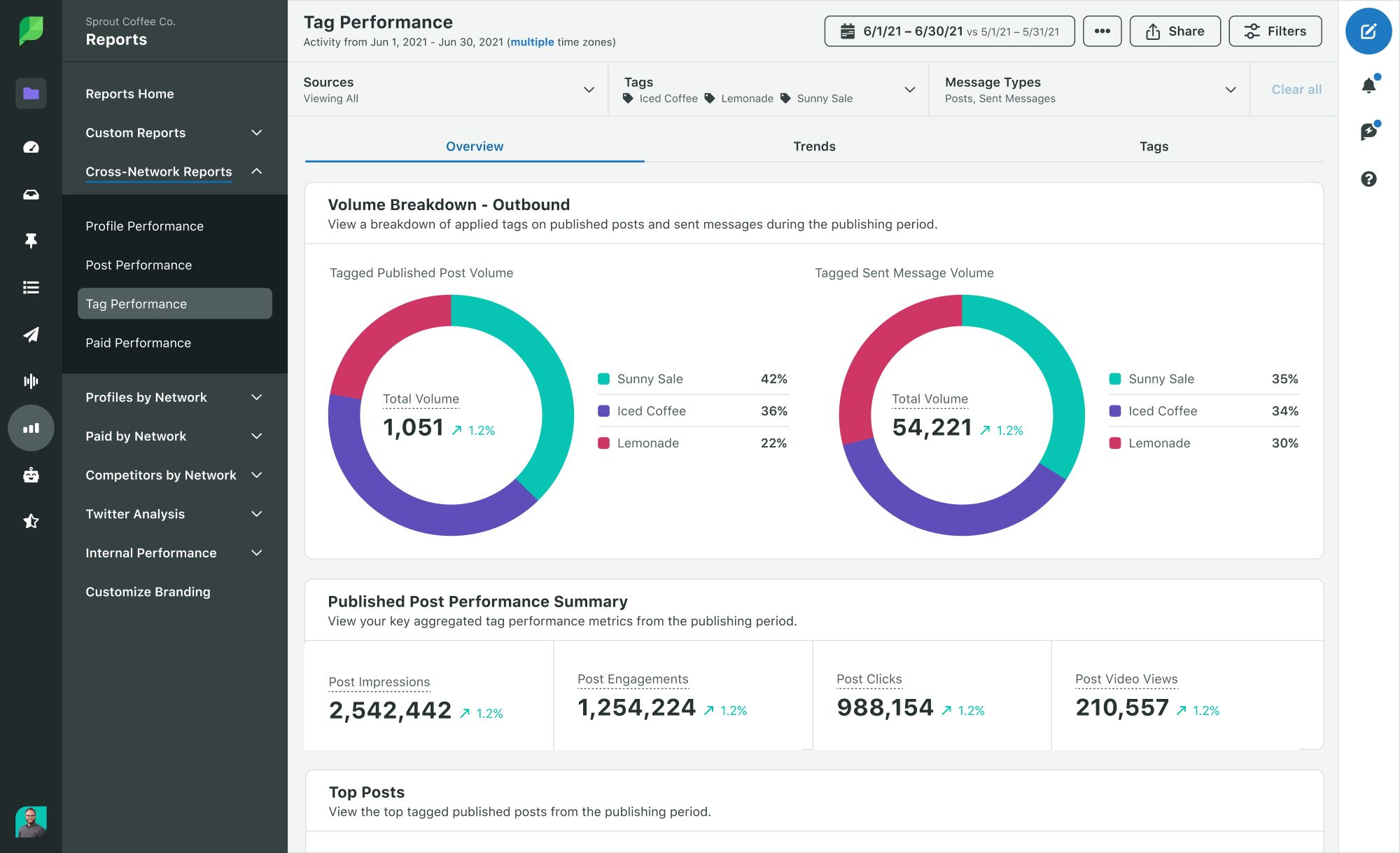
Don’t be discouraged if you don’t immediately see the kind of engagement you were expecting. Mastering memes is an art so don’t be afraid to experiment. As Walker puts it. “See yourself as a patron of the arts: you’re the Michelangelos and Donatellos of meme-making.”
By observing what works and what doesn’t, over time, you’ll soon find the sweet spot.
Strengthen your social media meme strategy
Listen closely to your audience and stay true to your brand voice, and you can turn social media memes into a dynamic tool for your brand’s cultural relevance and tangible social media performance. This is more relevant today as the social landscape is being upended with new platforms emerging seemingly every day.
Explore the emerging social media landscape, see how other brands chart new paths and take your social strategy to the next level.
The post How to use social media memes in your marketing strategy to drive engagement appeared first on Sprout Social.


















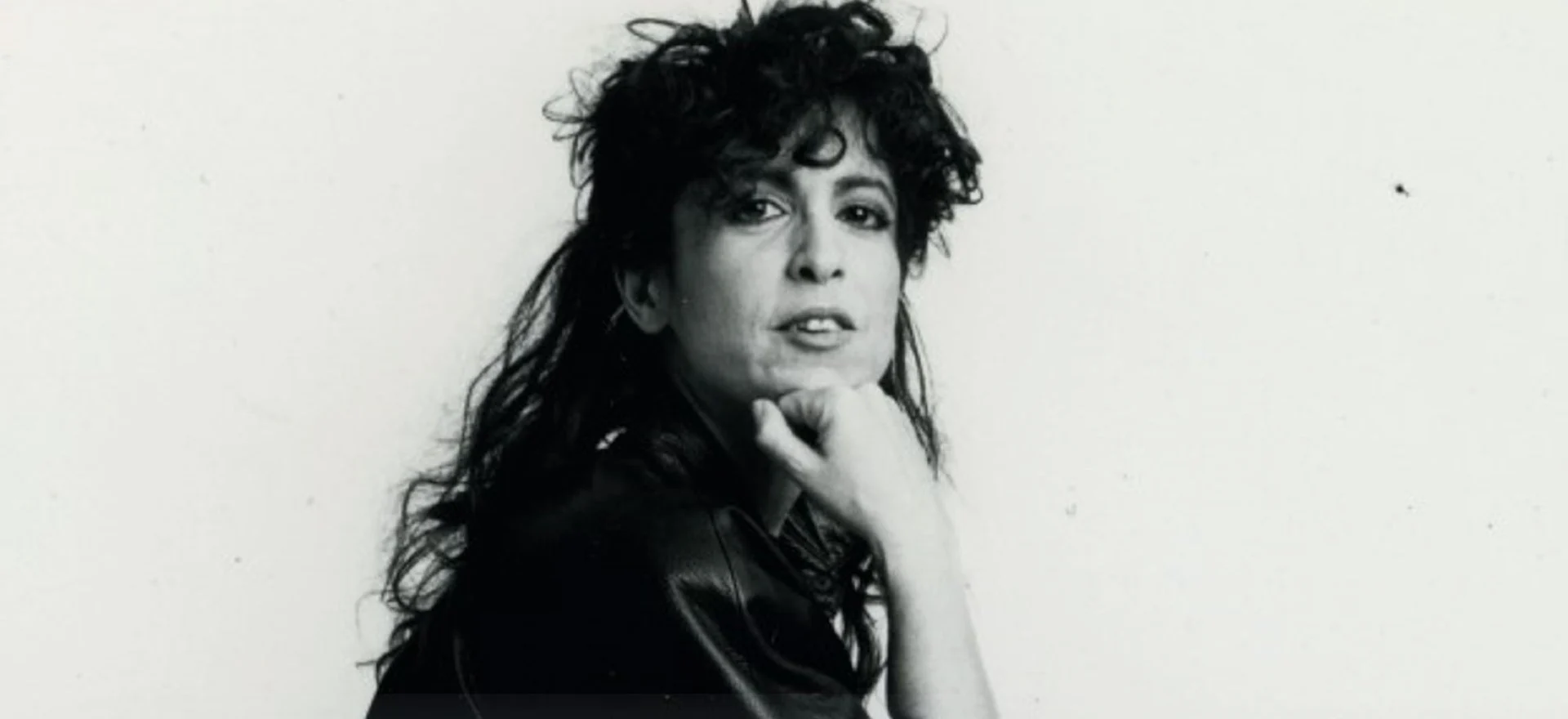







![How To Drive More Conversions With Fewer Clicks [MozCon 2025 Speaker Series]](https://moz.com/images/blog/banners/Mozcon2025_SpeakerBlogHeader_1180x400_RebeccaJackson_London.png?auto=compress,format&fit=crop&dm=1750097440&s=282171eb79ac511caa72821d69580a6e#)

![Brand and SEO Sitting on a Tree: K-I-S-S-I-N-G [Mozcon 2025 Speaker Series]](https://moz.com/images/blog/banners/Mozcon2025_SpeakerBlogHeader_1180x400_LidiaInfante_London.png?auto=compress,format&fit=crop&dm=1749465874&s=56275e60eb1f4363767c42d318c4ef4a#)

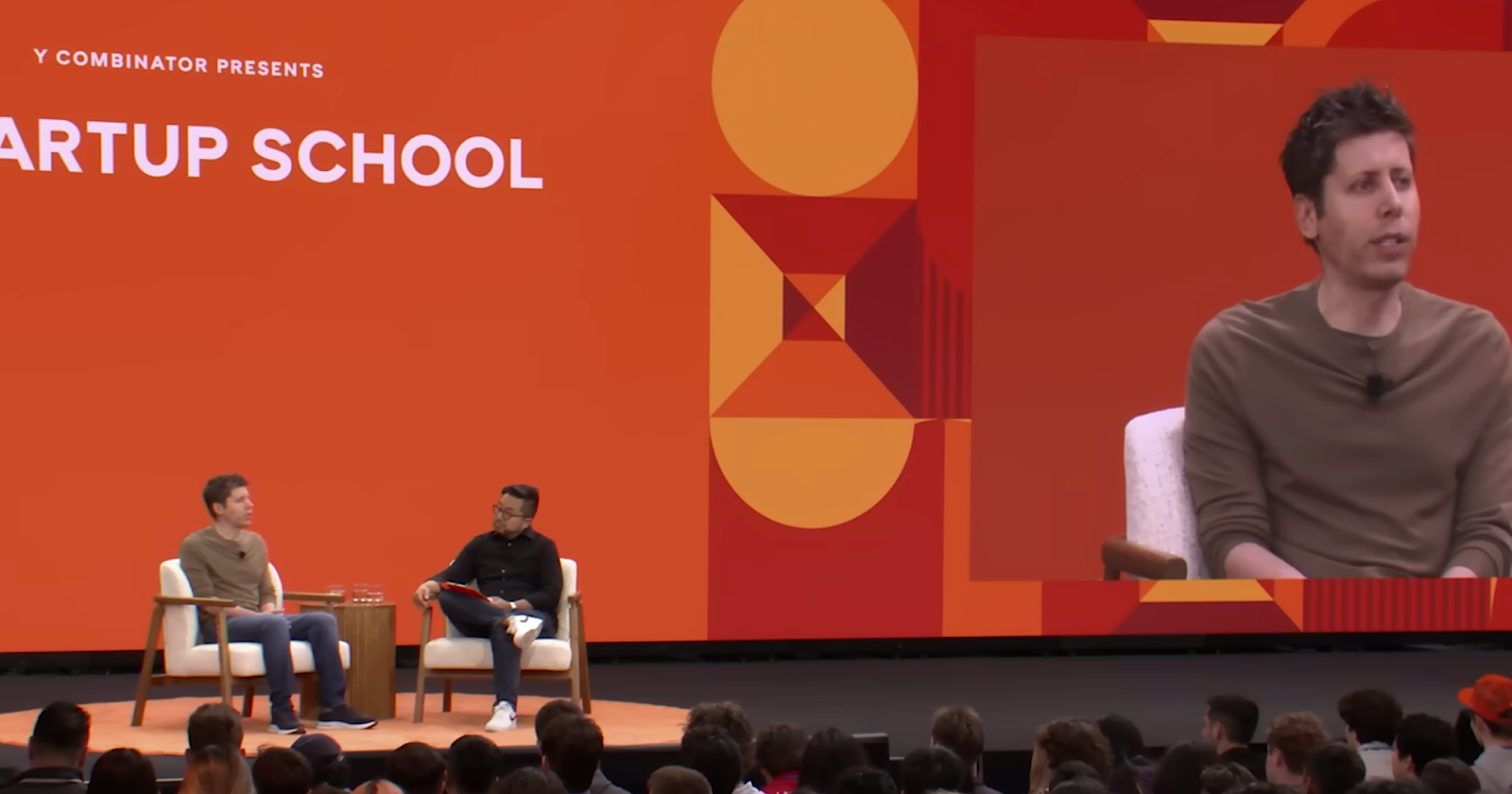

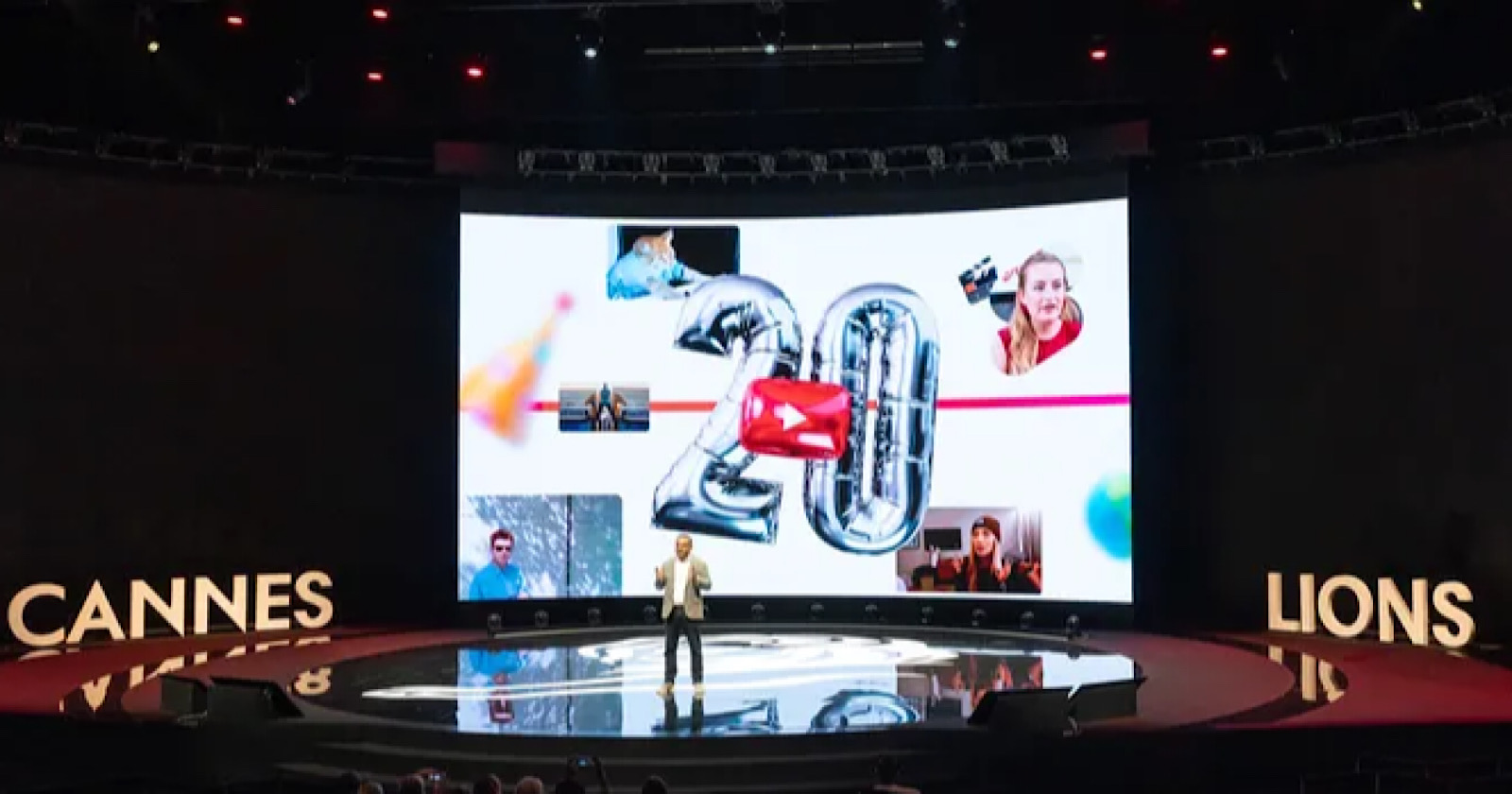



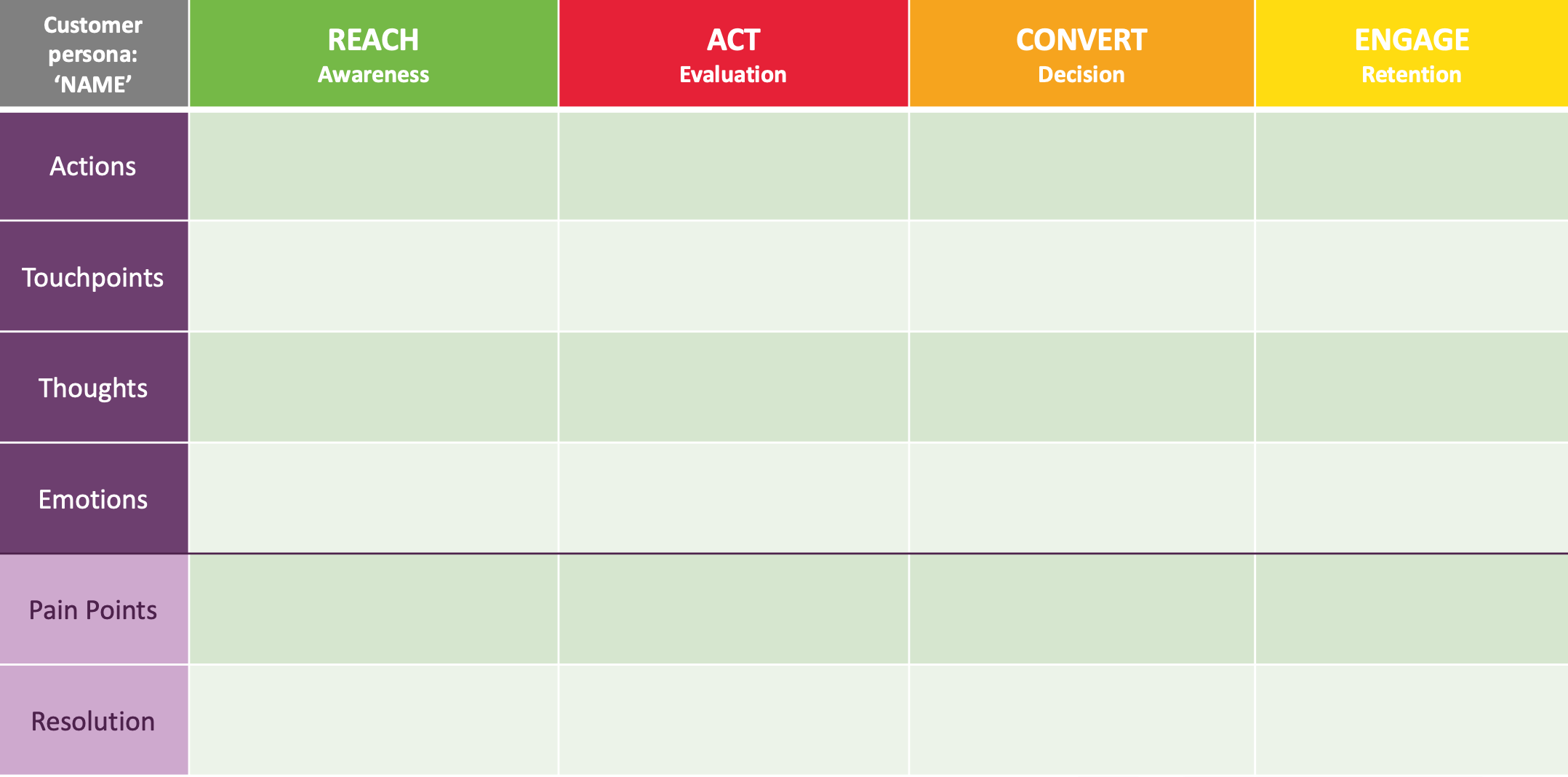















![The 11 Best Landing Page Builder Software Tools [2025]](https://www.growthmarketingpro.com/wp-content/uploads/2024/04/best-landing-page-software-hero-image-1024x618.png?#)


































![How Google’s AI Mode Compares to Traditional Search and Other LLMs [AI Mode Study]](https://static.semrush.com/blog/uploads/media/86/bc/86bc4d96d5a34c3f6b460a21004c39e2/f673b8608d38f1e4be0316c4621f2df0/how-google-s-ai-mode-compares-to-traditional-search-and-other-llms-ai-mode-study-sm.png)


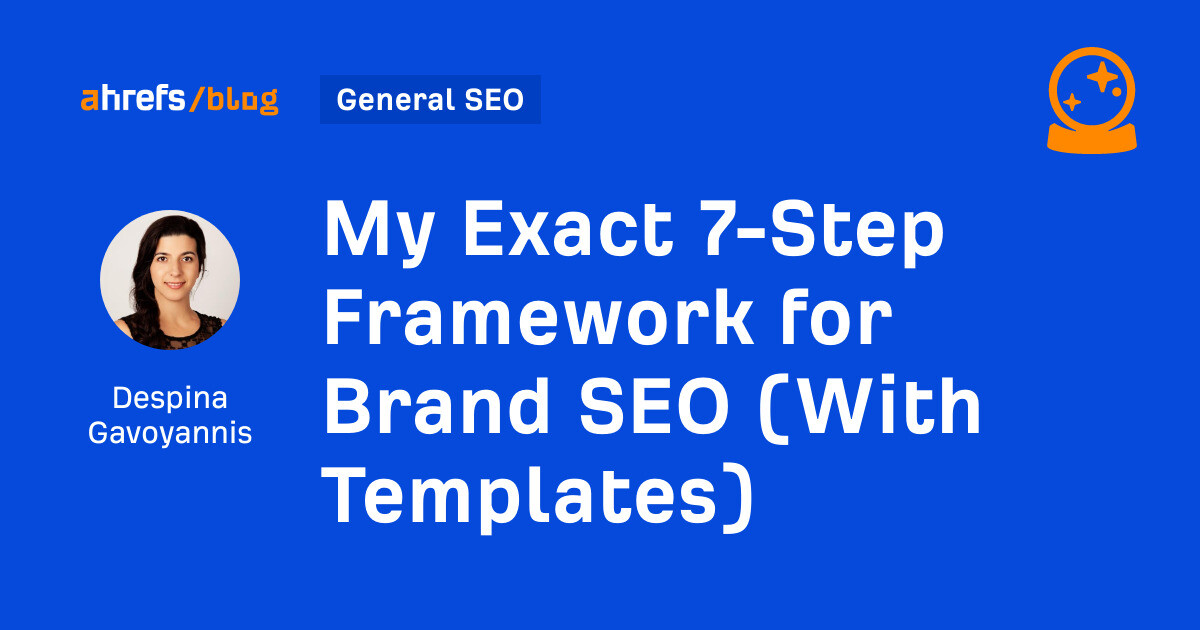
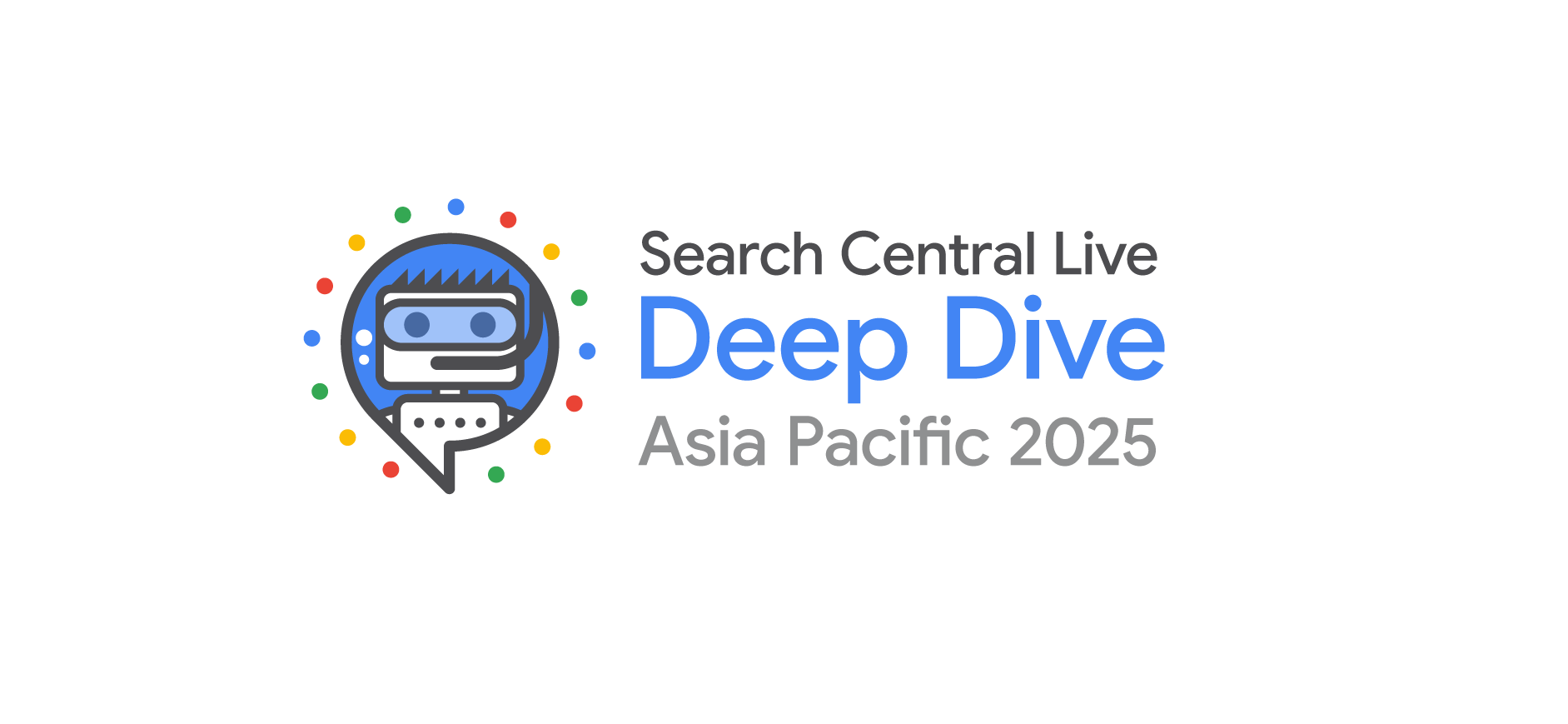


![How to Create an SEO Forecast [Free Template Included] — Whiteboard Friday](https://moz.com/images/blog/banners/WBF-SEOForecasting-Blog_Header.png?auto=compress,format&fit=crop&dm=1694010279&s=318ed1d453ed4f230e8e4b50ecee5417#)
![How To Build AI Tools To Automate Your SEO Workflows [MozCon 2025 Speaker Series]](https://moz.com/images/blog/banners/Mozcon2025_SpeakerBlogHeader_1180x400_Andrew_London-1.png?auto=compress,format&fit=crop&dm=1749642474&s=7897686f91f4e22a1f5191ea07414026#)


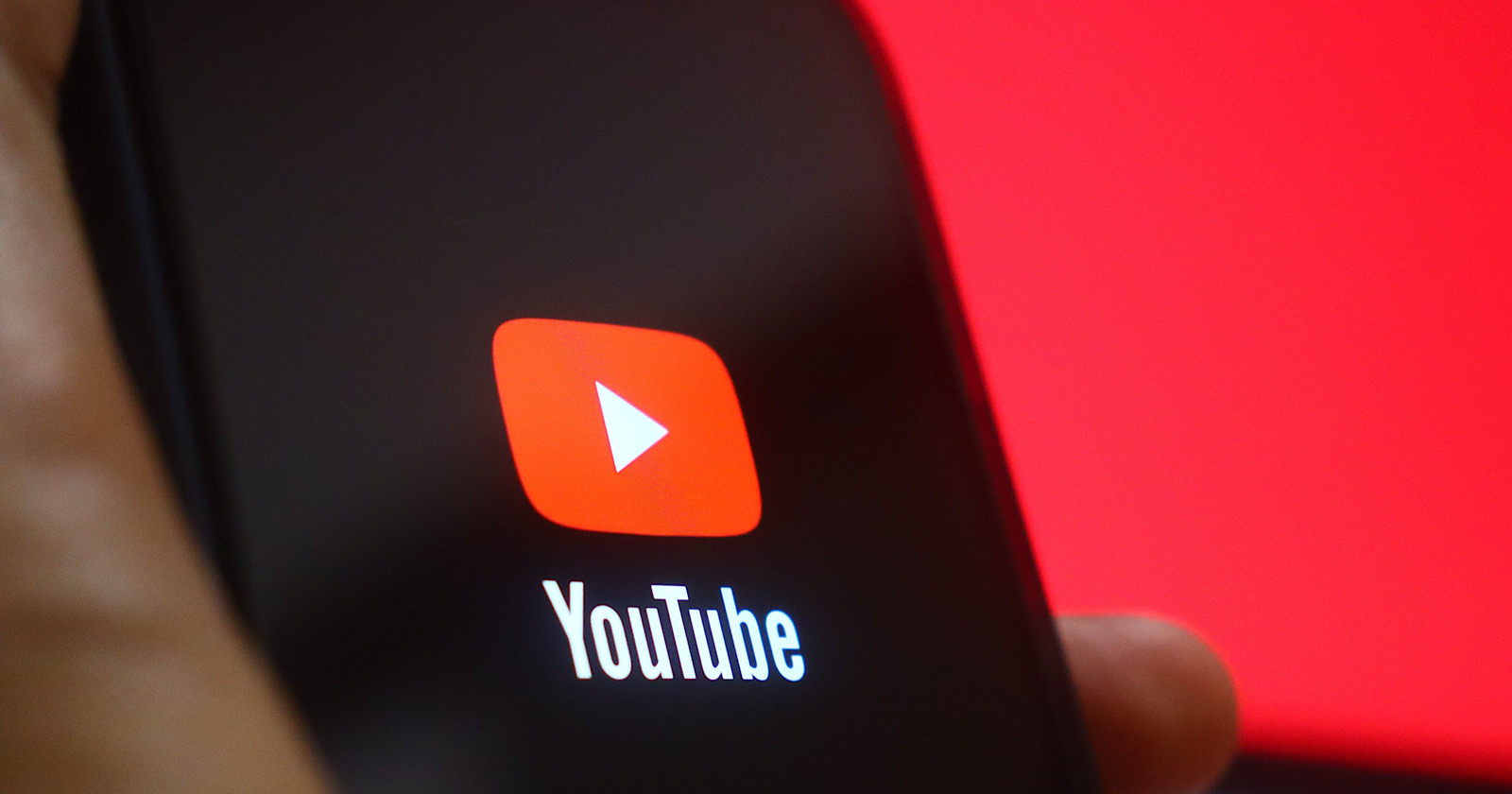







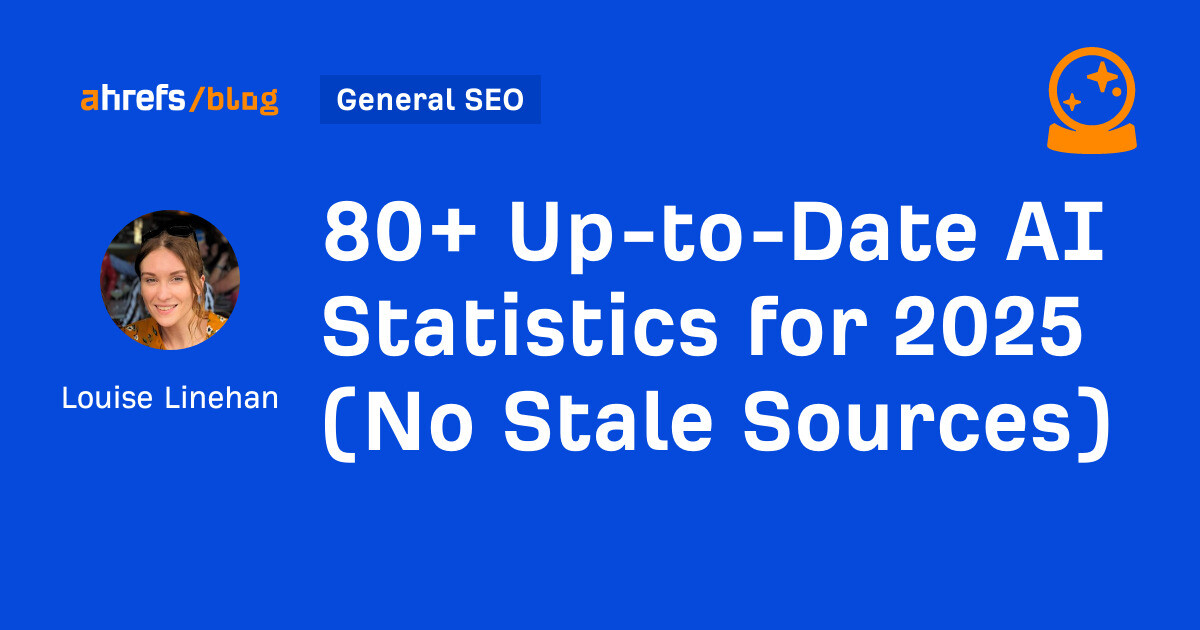




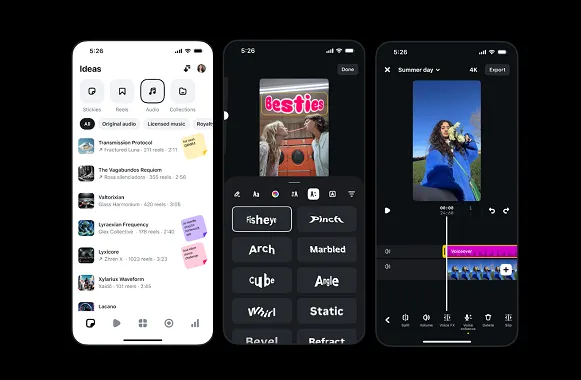
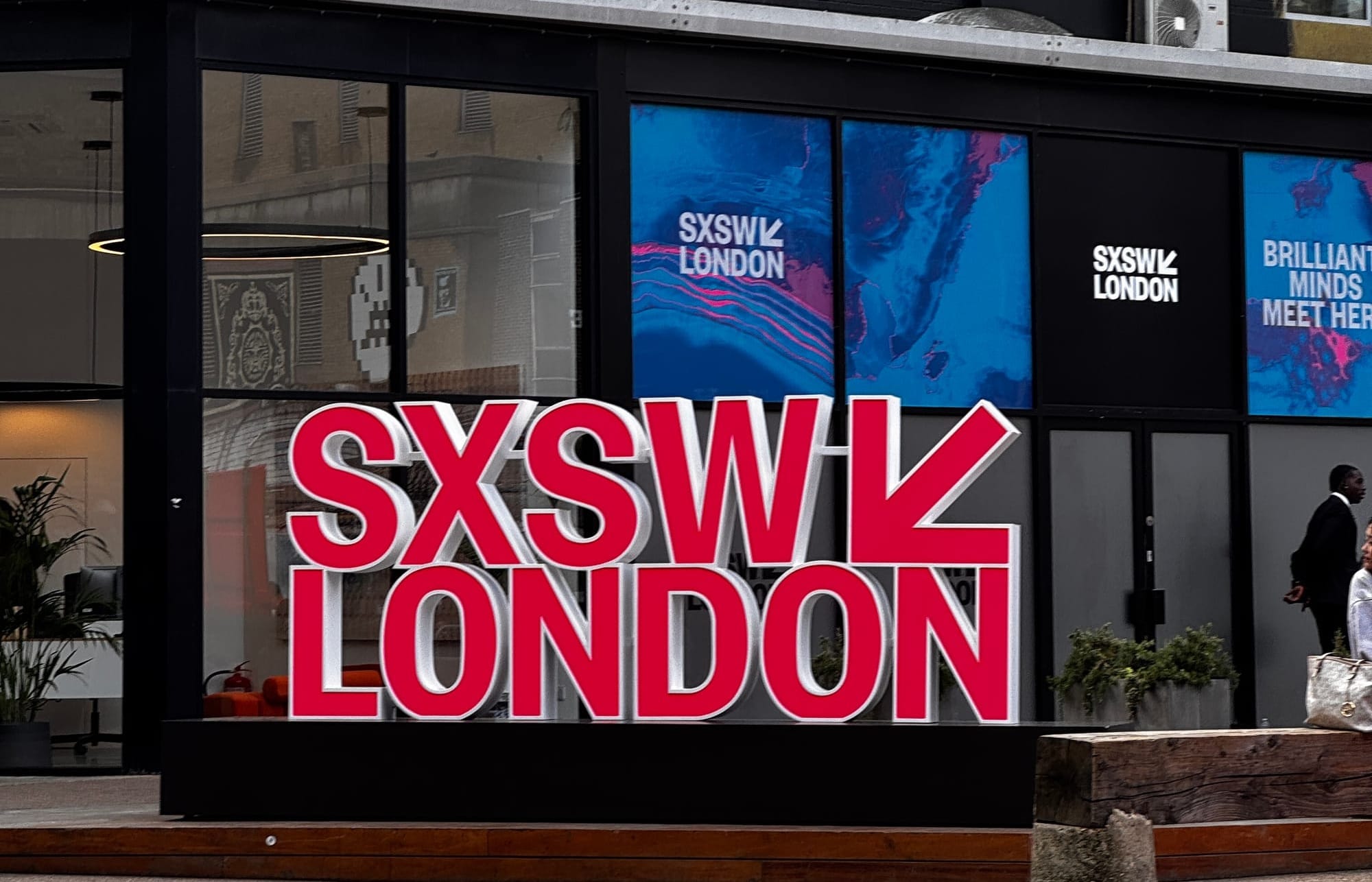









![Brand pitch guide for creators [deck and email templates]](https://blog.hootsuite.com/wp-content/uploads/2022/06/brand-pitch-template.png)


































